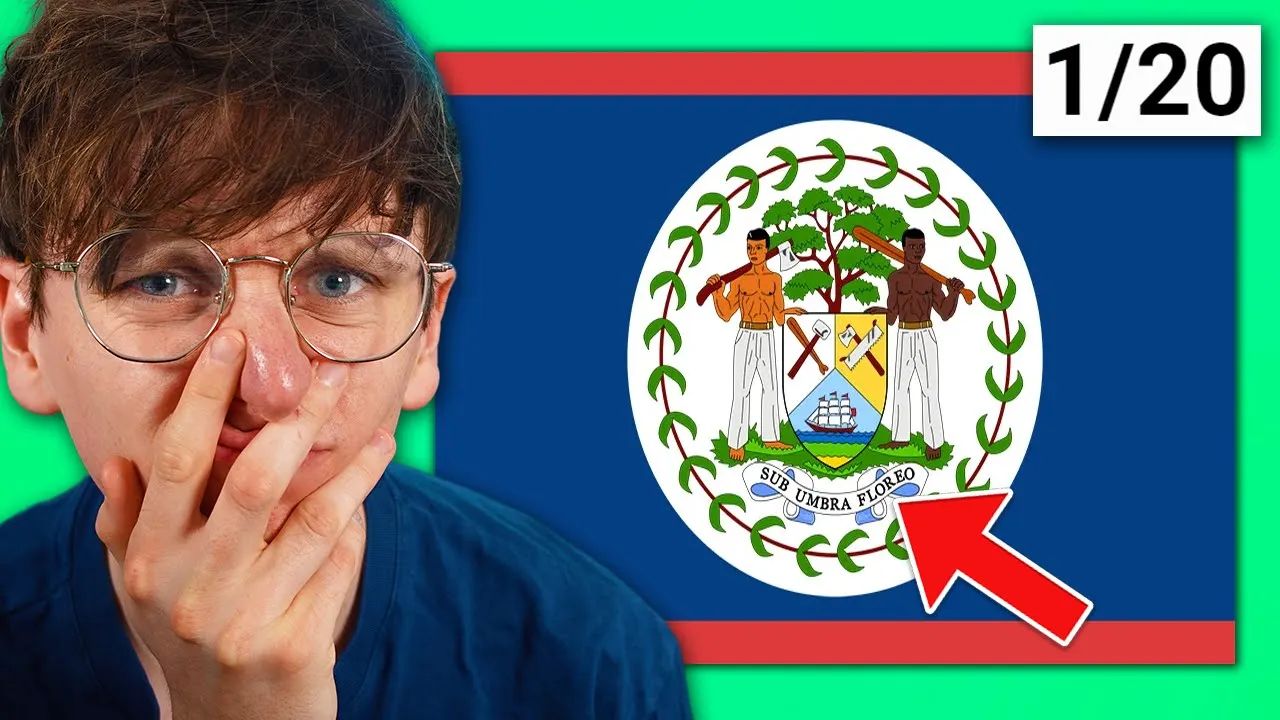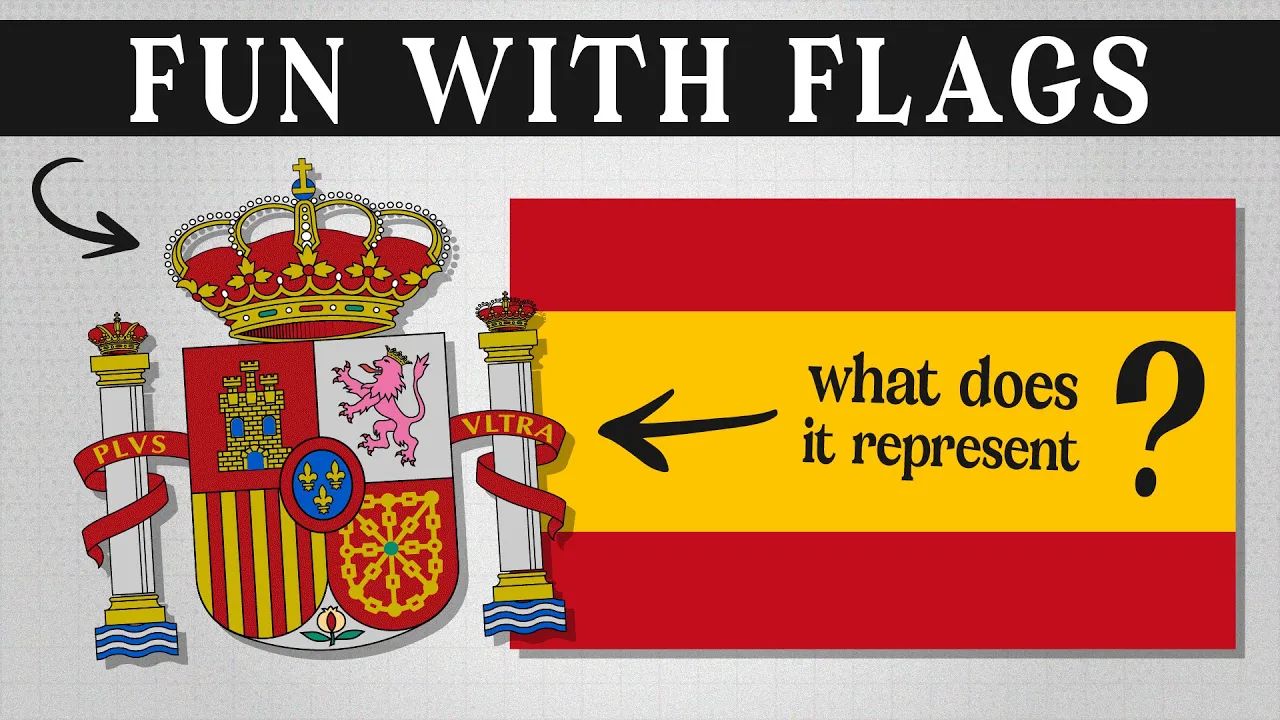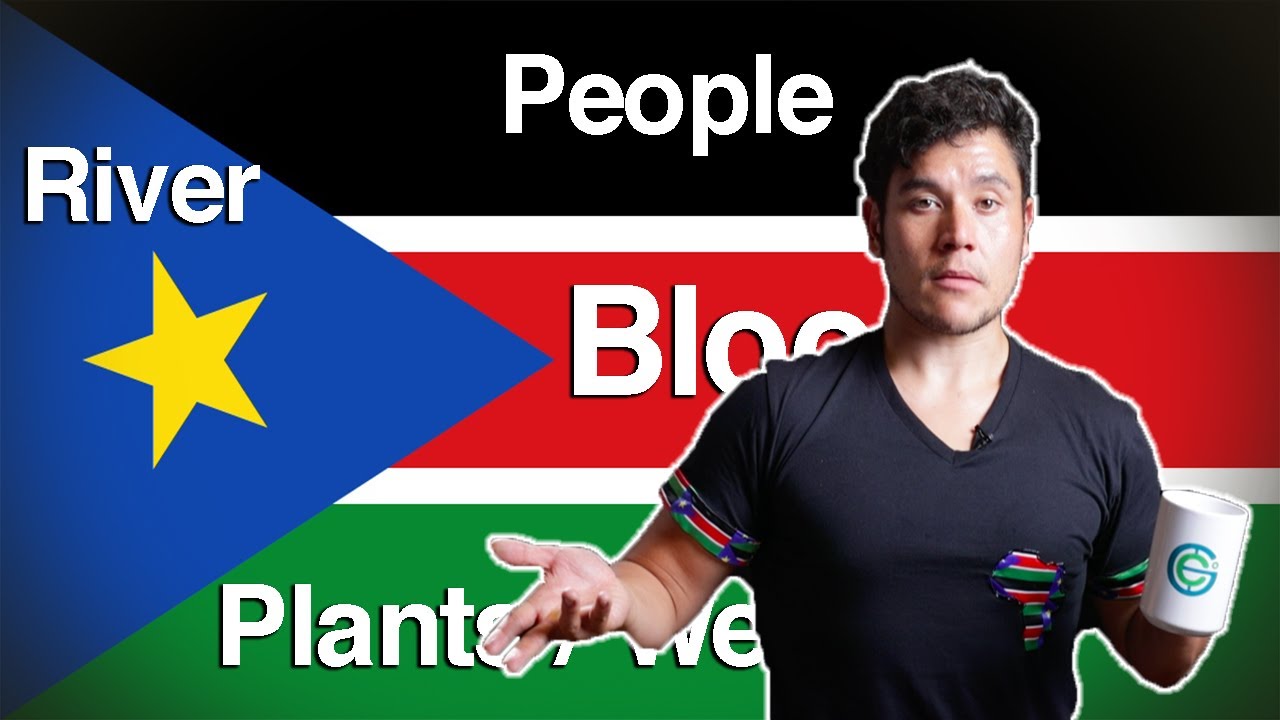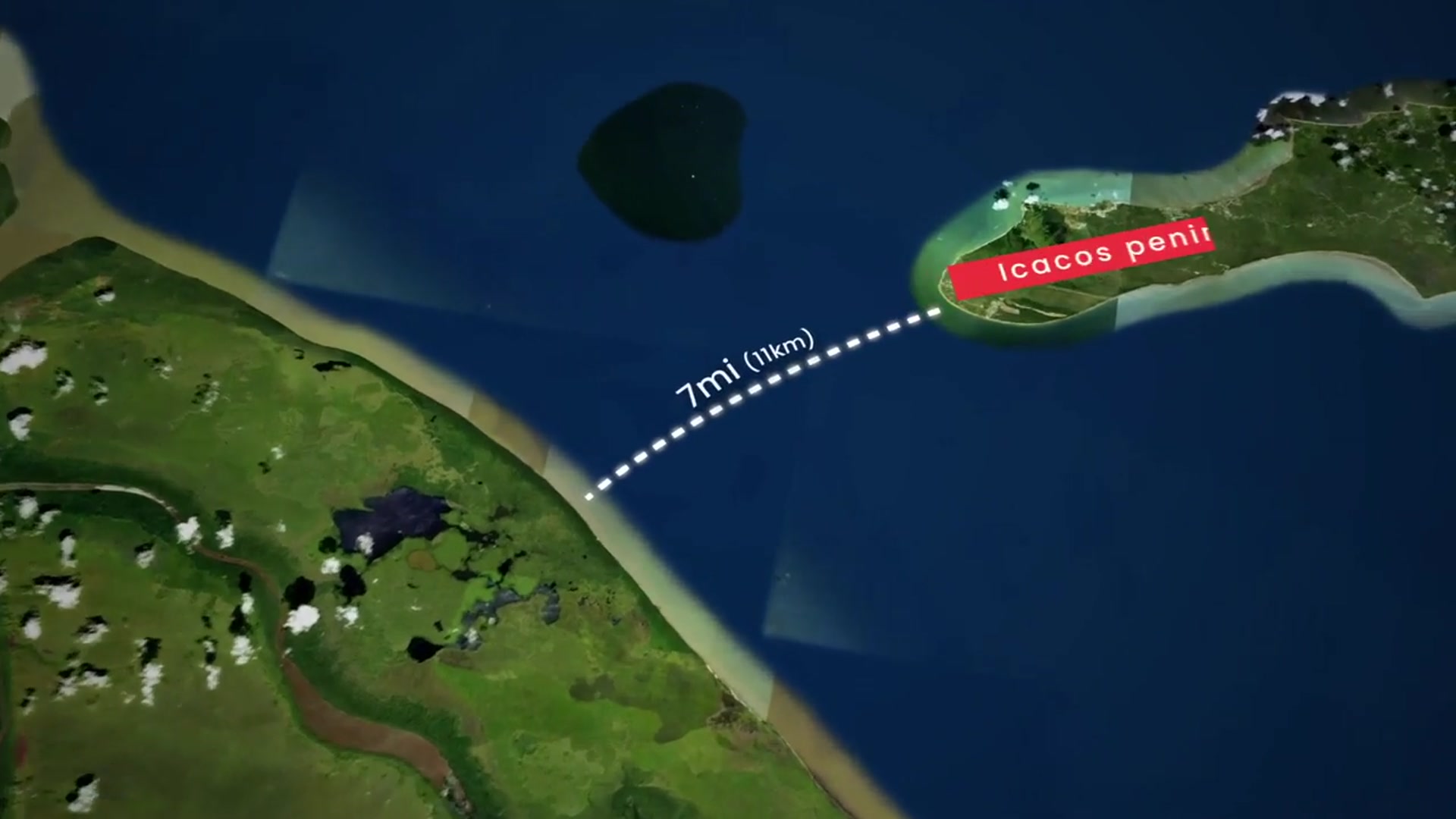History
Zimbabwe, formally known as Southern Rhodesia from 1895 to 1980 became a self-governing colony of thne British in 1923, adopting a blue ensign flag featuring the southern rhodesian coat of arms. Before this, the country was under British South Africa Company control, and used the company flag, a Union Jack with central lion. In 1964 a new flag was used, almost identical to the previous, however the field was a much lighter color blue. This flag only lasted 4 years and between 1968-1980 another two flags were used bringing in elements we would continue to see in the current modern flag, such as the national bird and the colours of black, green, red and white. The current flag of Zimbabwe has been in use since its independence in 1980.
 Video Player is loading.
Video Player is loading. SPAIN'S FLAG - What Does It Mean & Represent?
SPAIN'S FLAG - What Does It Mean & Represent? Can I Name EVERY Flag That Contains TEXT?
Can I Name EVERY Flag That Contains TEXT? FLAG/ FAN FRIDAY SOUTH SUDAN (Geography Now!)
FLAG/ FAN FRIDAY SOUTH SUDAN (Geography Now!) FLAG / FAN FRIDAY SUDAN (Geography Now!)
FLAG / FAN FRIDAY SUDAN (Geography Now!) What Does The California Flag With The Bear Mean?
What Does The California Flag With The Bear Mean? FLAG/ FAN FRIDAY SURINAME (Geography now)
FLAG/ FAN FRIDAY SURINAME (Geography now) TRINIDAD & TOBAGO FLAG/ FAN DAY! (Geography Now!)
TRINIDAD & TOBAGO FLAG/ FAN DAY! (Geography Now!) Flag/ Fan Friday NAMIBIA (Geography Now!)
Flag/ Fan Friday NAMIBIA (Geography Now!) Fun With Flags #14 - Flag of the U.S.A.
Fun With Flags #14 - Flag of the U.S.A. drawing Pakistan flag step by step how to draw 3d flag Pakistan flag
drawing Pakistan flag step by step how to draw 3d flag Pakistan flag
Meaning
The flag of Zimbabwe was adopted in 1980. It features a golden bird, known as the "Great Zimbabwe Bird" (Hungwe) which is the national symbol of Zimbabwe. The red star beneath it officially stands for the nation's aspirations but is commonly thought to symbolise socialism, and the revolutionary struggle for freedom and peace. Each color on the Zimbabwe flag also symbolizes an aspect of the nation. The green sections represent the countryside and the agriculture that is predominant in those areas. The yellow bands are symbols of the wealth of underground mineral resources. The red stripes were included in the design to represent the blood that the people of Zimbabwe shed during their struggle for independence. The black stripe is a symbol of the people themselves and their traditional culture, while the white is thought to express peace.
Bordering countries
Key facts
- Capital city: Harare
- Population: 15,993,524
- Main Religion: Christianity
- Languages: Chibarwe, English, Kalanga, Khoisan, Ndau, Northern Ndebele, Chewa, Shona, Sotho, Tonga, Tswana, Tsonga, Venda, Xhosa, Zimbabwean Sign Language
- Currencies: Botswana pula (BWP), Chinese yuan (CNY), Euro (EUR), British pound (GBP), Indian rupee (INR), Japanese yen (JPY), United States dollar (USD), South African rand (ZAR), Zimbabwean bonds (ZWB)
- Country code:
ZW - Area: 390757 km2
- Continent: Africa, Eastern Africa
- Latitude: -20, Longitude: 30
- Dialling code: +263
- Top level domain:
.zw







